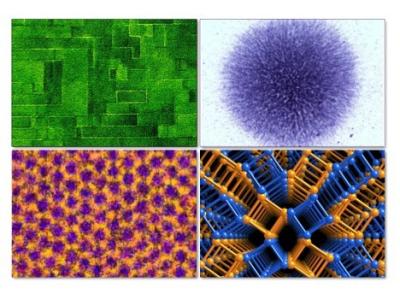Physical Sciences
Maroncelli honored with title of Distinguished Professor

Image

New science from Einstein's greatest discovery is the theme of the 2015 Penn State Lectures on the Frontiers of Science

Image

$15 million research grant awarded to Penn State Center for Nanoscience

Image

Huge New Astronomy Database Now Available to the Public

Image

Acoustic tweezers manipulate cell-to-cell contact

Image

Gilliland is Part of Team that Wins Breakthrough Prize in Fundamental Physics

Image

Four Alumni Honored with Penn State's Outstanding Science Alumni Award

Image

Eight Penn State researchers named AAAS Fellows

Image

NASA's Swift Satellite Marks 10 Years of Game-changing Astrophysics: Mission Control Is at Penn State

Image

Department of Astronomy and Astrophysics Installs New Telescope in Rooftop Observatory

Image
